Can You Use Drywall Compound on Concrete?
Today, I embark on a quest to unravel a puzzling question that has left many aspiring DIYers scratching their heads: Can you use drywall compound on concrete?
It’s a burning curiosity that has inspired countless project ideas and ignited the desire to transform concrete surfaces with the finesse of a seasoned artist. Well, my curious comrades, fear not, for I hold the key to this mysterious realm and the promise of a solution that will satisfy your DIY cravings!
In this comprehensive guide, I will delve deep into the relationship between drywall compound and concrete surfaces. I will explore the boundaries, unveil the best practices, and equip you with the knowledge you need to make informed decisions and bring your DIY dreams to life.
So, whether you’re a seasoned DIY veteran or just dipping your toes into the world of home improvement, this guide is your roadmap to discovering the possibilities and potential pitfalls of using drywall compound on concrete.
Drywall Compound and Concrete Surfaces
The intriguing world of drywall compounds and concrete surfaces! These two materials may seem worlds apart, but understanding their disparities is essential for your DIY adventures.
Drywall compound, my friend, is like the smooth-talking artist of the interior world. It’s a magical mixture of gypsum powder, binders, and additives, all blending to create a flawless finish on drywall surfaces. On the other hand, concrete is tough guy, strong and sturdy, made from a mix of cement, aggregates, and water, ready to withstand the weight of the world.
Now, you might be wondering if these two can tango together. Can drywall compound step out of its comfort zone and waltz onto the concrete floor? Well, my curious DIY enthusiast, the answer isn’t a simple yes or no. It’s a dance that requires careful consideration and a bit of finesse.
But fear not! In the sections to come, we’ll unravel the mysteries, exploring the realm of possibilities, surface preparation techniques, feasible applications, and yes, even the limitations and challenges you might encounter.
So, put on your DIY dancing shoes, my friend, because we’re about to bust some moves with drywall compound and concrete. And who knows, we might even discover a hidden talent for tap-dancing concrete! So, let’s shimmy our way through this enlightening journey and have a few laughs along the way. Ready? Let’s boogie!
Can You Use Drywall Compound on Concrete?

While drywall compound isn’t specifically designed for concrete, it can occasionally make a guest appearance on the concrete stage. The million-dollar question! Can drywall compound and concrete have a harmonious partnership?
While drywall compound isn’t specifically designed for concrete, it can make a cameo appearance in certain non-structural applications. Discover how this dynamic duo can bring finesse to your concrete projects and unleash your DIY creativity.
But hold your paintbrush, my friend, because there’s a catch. Drywall compound on concrete works best for non-structural endeavors. We’re talking about those little touch-ups, cosmetic repairs, and texture creation on concrete surfaces that don’t demand Herculean strength.
So, while drywall compound might not be the superhero of concrete applications, they can still play a supporting role in the right circumstances. So, grab your cape, my friend, and let’s explore how this dynamic duo can bring a touch of finesse to your concrete projects.
And remember, even Batman had Robin by his side. Together, we’ll conquer the world of DIY, one project at a time, with a sprinkle of humor and a dash of creativity. Also, this article might be helpful, Does Drywall Need to be Primed? BEGINNER GUIDE
1 Surface Preparation
Now that we’re ready to dive into the world of drywall compound and concrete, let’s talk about surface preparation. Picture this: your concrete surface is like a canvas waiting for the masterpiece to unfold. But before you can start painting with drywall compound, it’s crucial to ensure a clean and smooth canvas.
Sweep away any debris, bid farewell to dust bunnies, and give your concrete a thorough cleaning. And hey, if you encounter any stubborn stains along the way, show them who’s boss with an appropriate concrete cleaner.
Remember, my DIY buddy, a well-prepped surface sets the stage for a flawless finish. So let’s roll up our sleeves and prep that canvas like the pros we are!
2 Feasible Applications
The moment we’ve all been waiting for—the grand reveal of what drywall compound can do on concrete surfaces! While it may not have the strength of a superhero, drywall compound still has a few tricks up its sleeve.
Think of it as the magician of the DIY world, capable of filling small imperfections, patching holes, and even creating captivating textures on decorative concrete features. It’s perfect for those non-structural projects where you want to add a touch of finesse and pizzazz.
So, my fellow DIY enthusiasts, let your creativity soar as you unlock the magical possibilities of drywall compound on concrete.
Limitations and Challenges
Now, my dear DIY virtuosos, it’s time to face the music and talk about the limitations and challenges that come with using drywall compound on concrete surfaces. While it can be a captivating duo, they do have their fair share of hurdles to overcome.
Remember, drywall compound wasn’t born with a concrete cape—it’s more like a delicate flower in a world of sturdy structures. It may not possess the strength to withstand heavy loads or the ability to resist moisture and extreme temperature fluctuations like concrete can.
So, before you embark on your concrete transformation journey with drywall compound, consider the specific demands of your project. Is it a task that requires structural integrity? Will it face constant moisture exposure or extreme temperature changes? If so, it might be time to call in the reinforcements—specialized concrete products designed to tackle those mighty challenges head-on.
But fear not my DIY daredevils! There are still plenty of instances where drywall compound can shine on concrete surfaces. From patching up small blemishes to creating captivating textures, there’s a world of non-structural possibilities waiting for you.
So, put on your thinking cap, get your creative juices flowing, and let’s navigate this DIY adventure with a smile and a touch of humor. After all, laughter is the best tool in any DIY arsenal!
Best Practices for Using Drywall Compound on Concrete
Now that we’ve uncovered the secrets of drywall compound and its playful dance with concrete, it’s time to arm ourselves with some best practices. These guidelines will ensure that our DIY endeavors are as smooth as freshly applied compound on a primed wall.
- Surface Preparation: Remember, my DIY comrades, a clean canvas is the key to success. Take the time to properly clean and prepare your concrete surface before applying the drywall compound. It’s like giving your dance partner a twirl before hitting the dance floor—a little prep goes a long way.
- Thin and Even Coats: When applying the drywall compound, take a gentle approach. Apply thin and even coats, allowing each layer to dry completely before adding another. Think of it as a delicate brushstroke, gradually building up the desired texture and finish.
- Sanding and Finishing: Once the drywall compound has dried, it’s time to fine-tune the performance. Grab your sandpaper and gently sand the surface to achieve a smooth and seamless finish. Remember, my friends, patience is key. Take your time and let your masterpiece shine.
- Protect and Maintain: While drywall compound can work wonders, it’s not invincible. Protect your newly transformed concrete surfaces from heavy impacts, excessive moisture, and extreme temperatures. And hey, don’t forget to give it some TLC every now and then. Regular inspections and touch-ups will keep your creation looking flawless for years to come.
So, my DIY dream team, armed with these best practices, let’s dive into the wonderful world of drywall compound on concrete. Remember to embrace the process, have fun, and laugh in the face of imperfections. Because in the end, it’s the journey that truly matters, and a little humor can turn any DIY mishap into a cherished memory. Happy creating!
Final Words
While drywall compound and concrete may seem like an unlikely duo, they can come together to create remarkable results in the realm of DIY. By understanding their differences, properly preparing the surface, and following best practices, you can unlock a world of non-structural possibilities.
However, it’s important to be mindful of the limitations and challenges that may arise. So, my fellow DIY enthusiasts, embrace the creativity, enjoy the process, and let drywall compound and concrete work their magic in your projects. Happy DIYing!

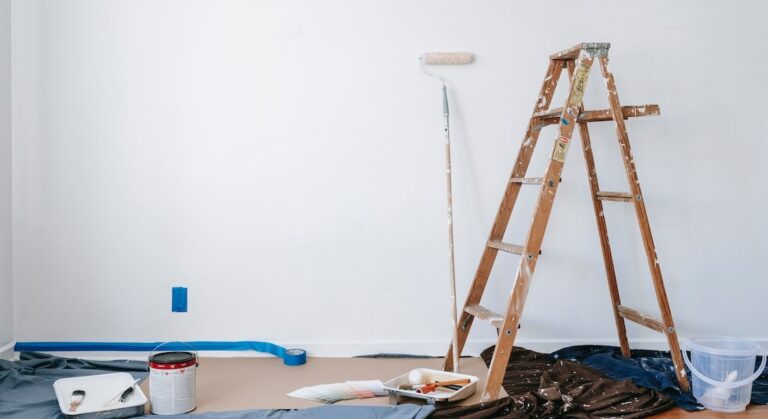
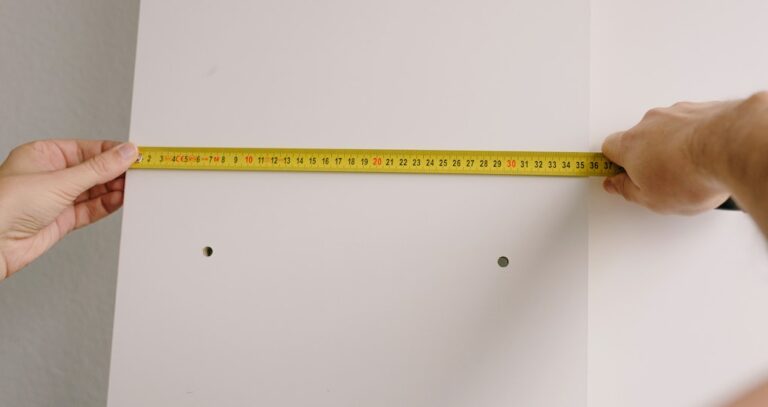
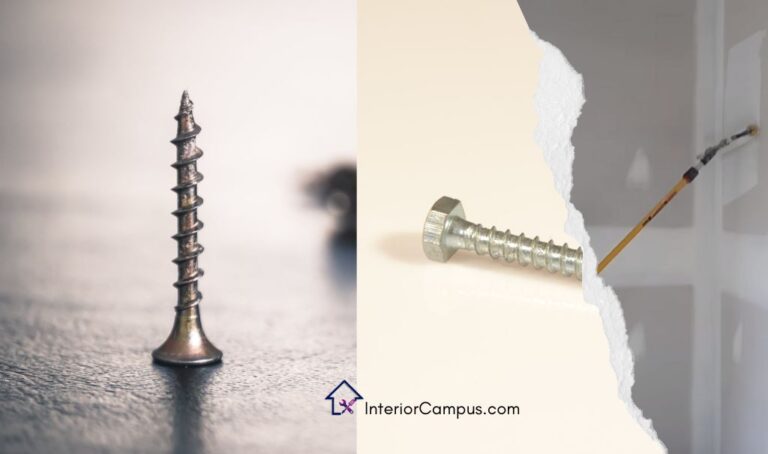
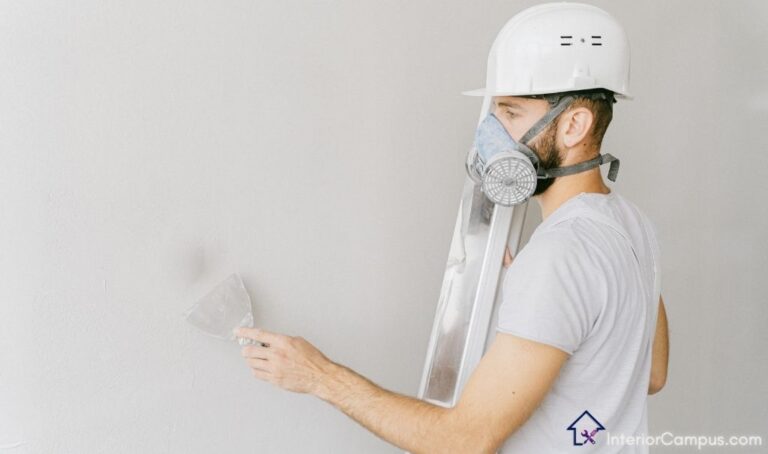
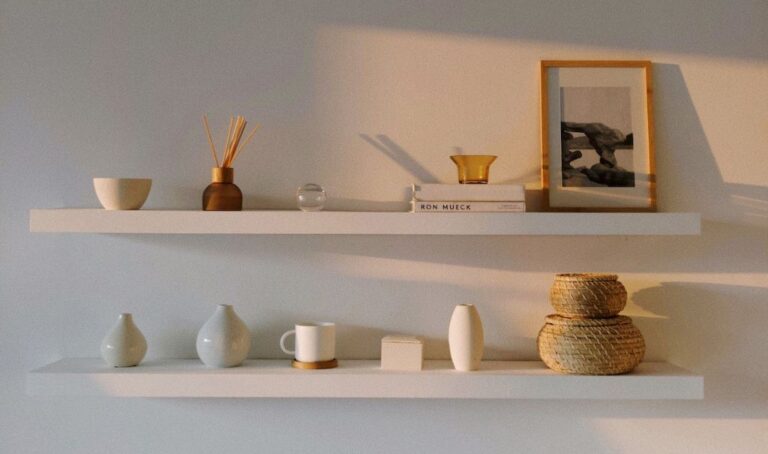
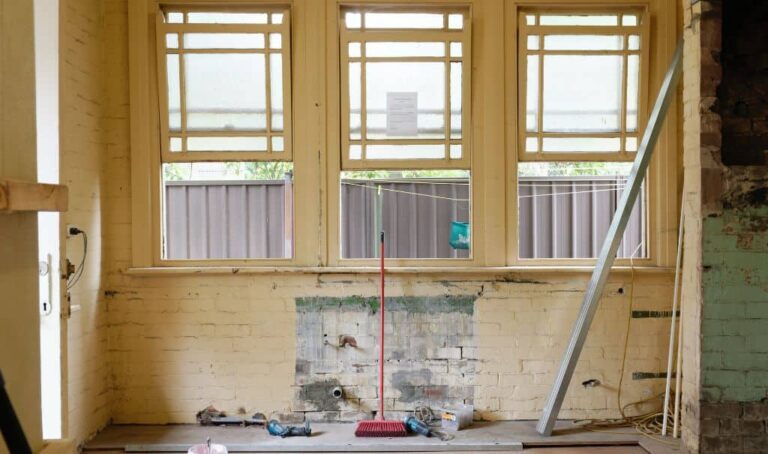
3 Comments
Comments are closed.